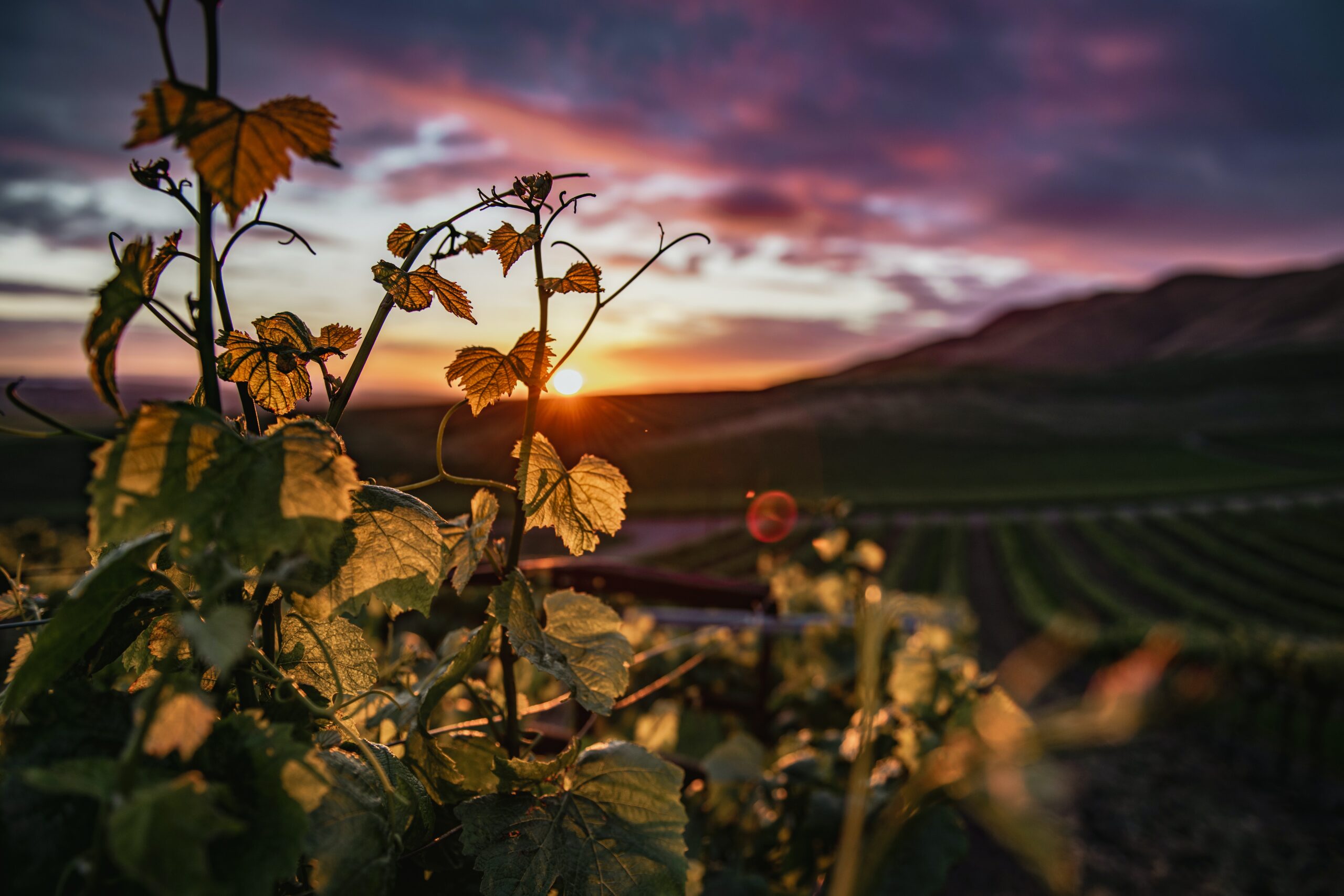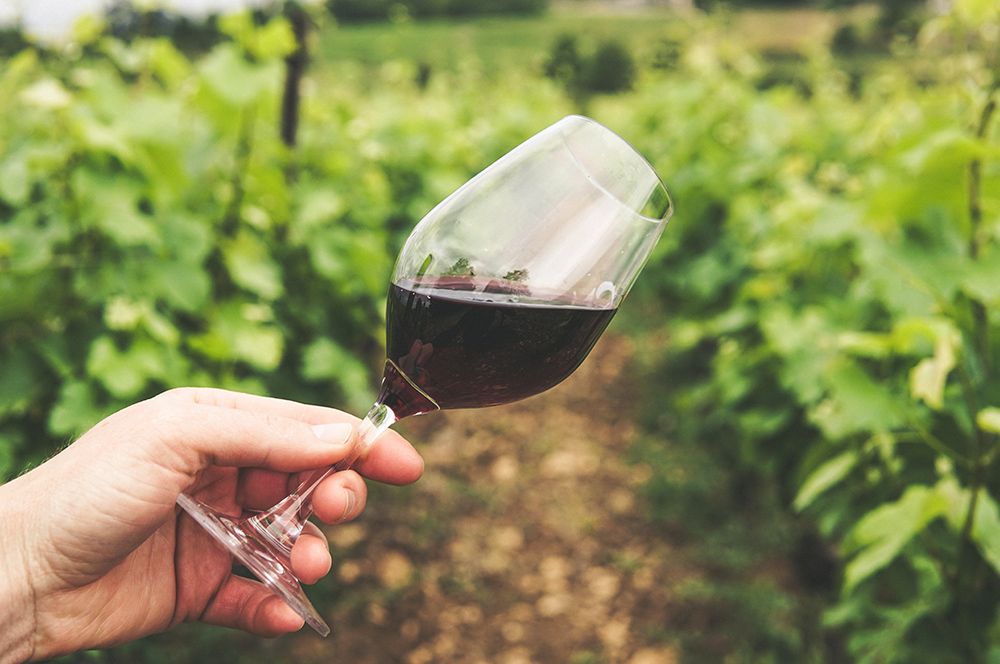Barbera
Barbera
Origins
The origin of Barbera is still unknown today. Even assuming that it is a rather ancient vine and that its native land is Piedmont, written records are very few and not prior to the 16th century: the first known mention appears in a document dated 1514, kept in the land registers of Chieri; the name appears, then, in a 17th-century letter found in the Municipal Archives of Nizza Monferrato. It was not until 1798 that the Barbera vine was officially recognized and included by Count Nuvolone, at the time deputy director of the Agricultural Society of Turin, in the official list of varieties grown in Piedmont.
It cannot be ruled out that the cause of Barbera’s absence from the oldest sources is only to be attributed to the use of different names to indicate it: for example, the Grisa or Grisola mentioned by Pier de’ Crescenzi in the “Liber Ruralium Commodorum,” could be a sub-variety of the present Barbera. However, not even DNA studies-conducted in Piedmont in the early 2000s-have been able to solve the riddle, having found no kinship with native grape varieties in the area.
Spread
The historical areas for Barbera cultivation are Monferrato, Astigiano, and Langhe (Alba).
Starting from Piedmont, Barbera has reached many Italian regions, becoming one of the most widely cultivated red grape varieties in the Peninsula along with Sangiovese: it is quite widespread in Lombardy (especially in Oltrepò Pavese, where the clay soil is excellent for its cultivation), in the Piacentini hills, in the Parma hills and in the hills of Bologna.
Barbera has also managed to cross national borders thanks to its adaptability and high acidity, which makes it a grape variety suitable for even the hottest climates. Today Barbera is widely planted in Argentina, California, Australia and South America.
Cultivation
Barbera is a red grape variety that adapts well to a variety of soils, giving quite different results depending on the microclimate of the growing location. It is a vigorous vine with high and constant productivity, two characteristics that in the past prompted winemakers to grow it even in territories not particularly suited to it. Fortunately, since the late 1980s it has been realized that Barbera possesses a potential that can best express itself only in certain environments, and cultivation has mostly shifted to soils that enhance its best qualities.
Barbera prefers dry climates with sunny exposures and clay or sandy soils. In calcareous soils, rich in silt and clay, the resulting wine can be particularly elegant.
Despite its vigor, it is not very resistant to powdery mildew, botrytis and especially flavescence dorée, which often involves removal of affected plants. It is also very sensitive to frost and to potassium, boron and magnesium deficiency. Ripening is medium to late.
Barbera is a versatile vine, capable of adapting to different forms of cultivation, although it is best to avoid those that are too high, which encourage an increase in fixed acidity, already present in good quantities in its grapes.
Ampelographic characteristics
Barbera vines have medium-sized, pentagonal, pentalobed leaves that are dark green with green or pinkish veins and rich in tomentum (the down that covers the surface). Clusters are medium-sized, winged pyramidal or cylindrical and fairly compact. The berries-easily recognized at the end of ripening by their deep blue color-are medium, ellipsoidal, with a thin, pruinose skin and juicy, sweet but slightly acidic flesh.
Barbera Wines
Barbera, because of its pronounced acidity, has been underestimated for years. Today, with the evolution of cultivation and winemaking processes, it has been widely reappraised and we are seeing the production of excellent, elegant and structured wines.
Its grapes, used both in purity and in blends, are quite multifaceted and give rise to wines of different types: sparkling, novello, young and sparkling reds, medium-bodied still reds, and reds of medium longevity and great structure.
The young wines have a beautiful deep ruby red color that begins to turn to garnet hues in the more mature versions. The aromas are floral and fruity, with notes of cherry and red berries that evolve, with age, into more complex, spicy notes of black cherry and plum.
Wines made from Barbera, when young, have fine tannins that give a certain roundness; with aging these tannins become firmer, making Barbera denser and more structured.

Barbera in Italy
Barbera is a grape variety that changes in structure, taste and aromaticity depending on where it is grown. In Piedmont, a historic area for its cultivation, there are differences not only between Barbera del Monferrato, Barbera d’Asti and Barbera d’Alba but also within the same appellations.
Barbera del Monferrato
Of the three, Barbera del Monferrato is the most delicate and least structured. Deep ruby red, it has hints of rose, cherry and plum and a distinct acidity.
Barbera d’Asti
La Barbera d’Asti è più morbida, maggiormente strutturata e ha un’acidità minore rispetto alle altre due. Le diversità tra sottozone sono sensibili: ad esempio, a Costigliole e Nizza il vino è di grande struttura, più sapido e con maggiore acidità mentre ad Agliano, è fine e fruttato.
Barbera d’Alba
For Barbera d’Alba, a distinction is made between grapes harvested on the left and right of the Tanaro. Wines from the first area (Roero) are finer and more ready to drink. The aromas are complex, of currant, blackberry, rosehip, cherry, green pepper and vanilla. The taste is pleasantly fresh, slightly tannic and with good structure. In the second zone (Barolo), the wine, which requires longer aging to express itself, is full, dry and more structured.
Barbera grape variety
Moving on to Lombardy, Barbera is widely grown in Oltrepò Pavese, where it is used in the 85 percent proportion for the DOC Oltrepò Pavese Barbera, a lively or sparkling wine, ruby red with violet hues and a compact froth. Its aroma is fruity-with hints of strawberries, raspberries and blackberries-floral and winy. In the mouth it is fresh, lively, well-structured and quite persistent.
In Piacenza, Barbera is used not only for the DOC Colli Piacentini Barbera, but also in blends with Croatina for the production of Gutturnio, a wine that in its youth is fruity and ready-to-drink while with age it acquires more structure and more complex aromas. Finally, on the Parma and Bologna hills Barbera is used both for the production of pleasant, fresh and fragrant wines and for aged wines with more structure and complexity.




